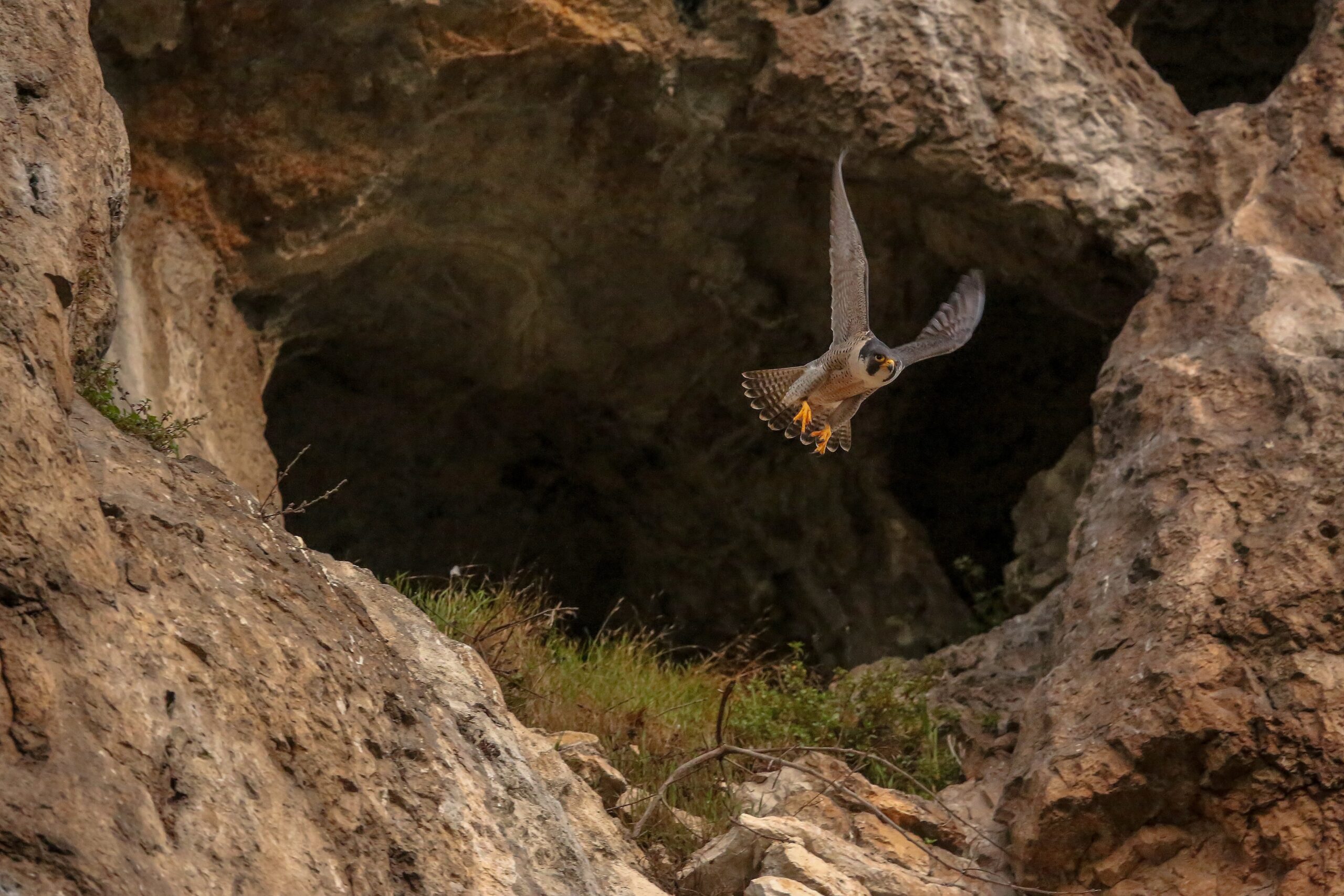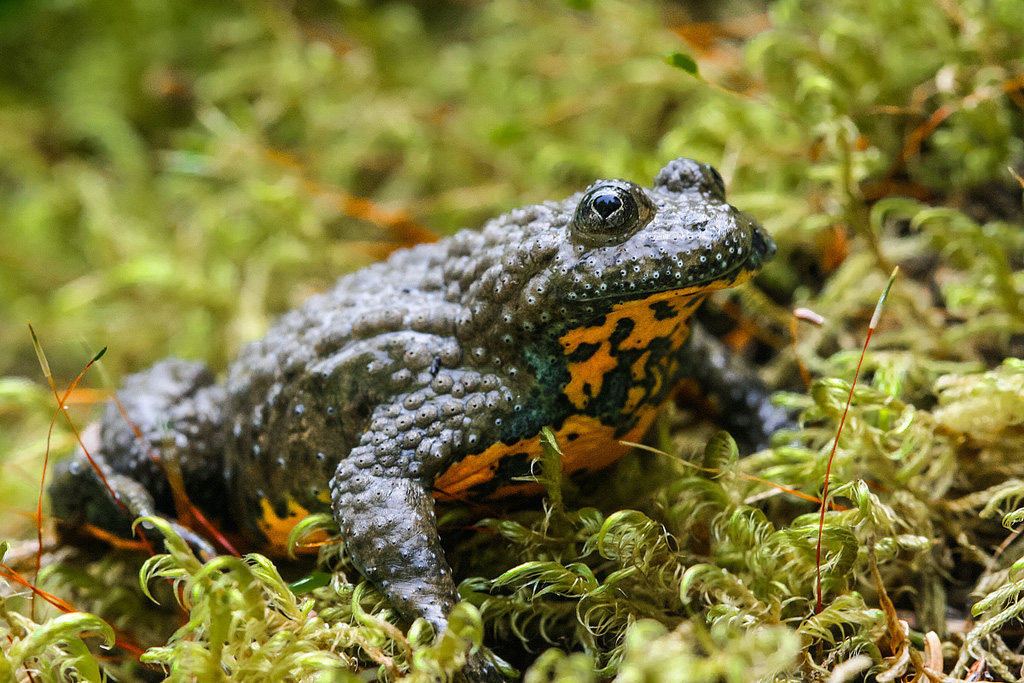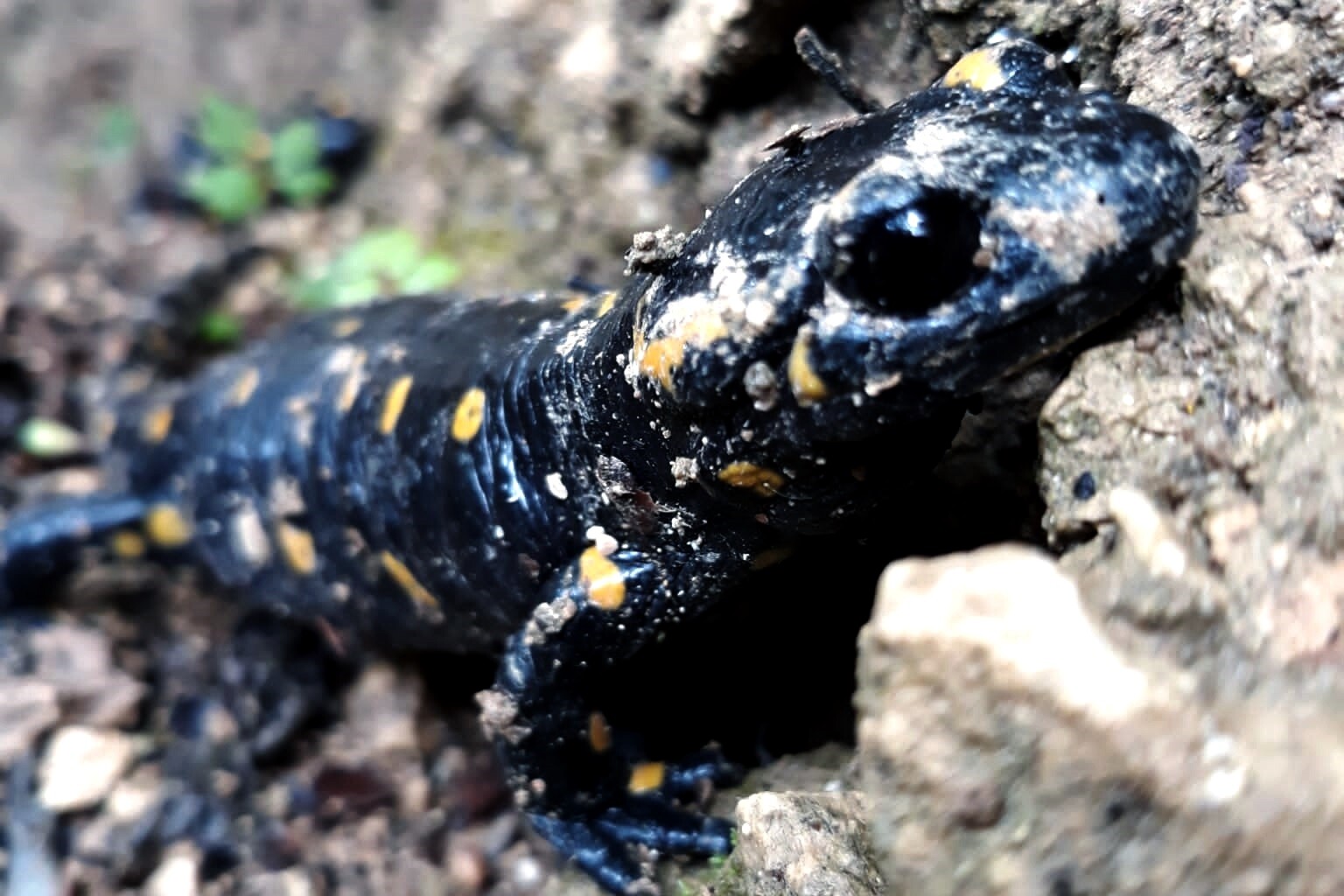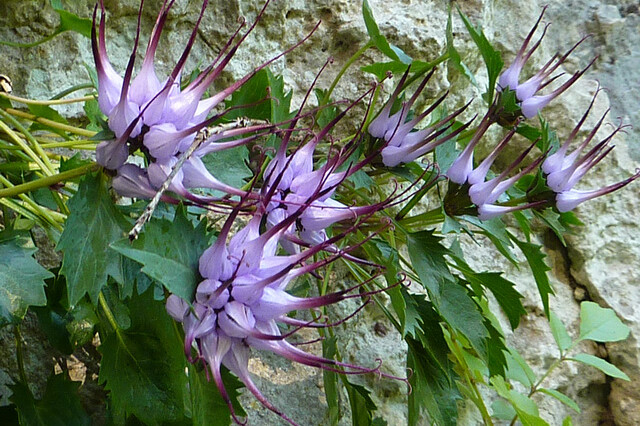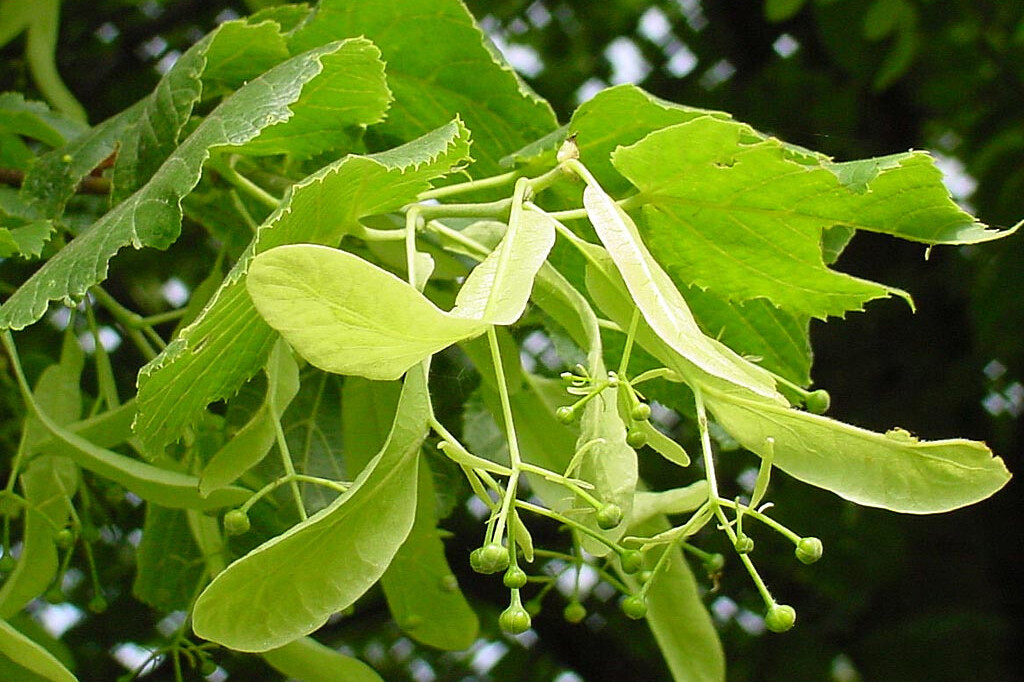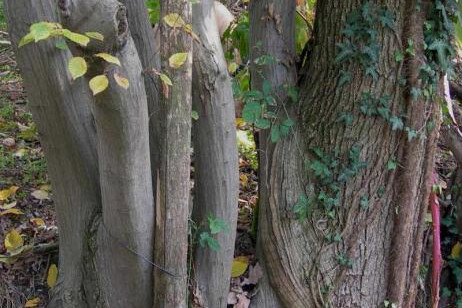
The Waterfall Park is a Site of Community Importance (IT3210002 – MONTI LESSINI: CASCATE DI MOLINA)
The Park is part of the Ecological network Natura 2000 along with another 128 sites in the Veneto region (22.5% of the regional territory). The network was established by the European Union Habitats Directive 92/43/EEC “Habitat” aiming to protect biodiversity. Look HERE to see a map of the protected areas in Veneto.
The purpose of the Directive is to ensure the long-term survival of Europe’s most valuable and threatened species and habitats, also reinstating them if necessary.
The protected area stretches across the higher valley of Fumane and some of its side valleys, Vajo delle Scalucce e Val Sorda. In local dialect, the term vajo means a valley or gorge that has vertically incised its course through the mountain bedrock. The steep, rocky sides are covered with thermo- and mesophile forests, consisting of species which thrive in a mild climate.
Forests of mainly Manna ash (Fraxinus ornus) and Dogwood (Cornus mas) prefer sunny limestone slopes with good drainage; in other less harsh terrains these are joined by Downy oak (Quercus pubescens), Field maple (Acer campestre) and Wild Cherry (Prunus avium)
At the top of the valley, the slopes are dominated by rocky cliffs supporting a vegetation that has a high scientific value.
Species present
The following habitats of community importance have been reported in the site:
1. Vegetation on rocky limestone cliffs
The cliff vegetation is a highly representative example of pioneer communities that have adapted to resist in extreme environments (significant temperature range, absence of water, absence of soil): these are highly specialized plants that find that rocks are the only environment in which they manage to survive by fully exploiting the space and the few resources present, so as to be able to complete their entire life cycle. Among the most relevant rocky species are the Tufted-horned rampion (Physoplexis comosa), the Moehringia bavarica and the Short-stemmed cinquefoil (Potentilla causescens), the 2 latter species being strictly protected.
2. Slope, scree and ravine Lime and Maple forests
These woods are typical of gorge environments and cool valleys with debris accumulations at the base of rocky walls. They mainly consist of noble broad-leaved trees (maple, lime, elm, greater ash) and are fragmented, sometimes difficult to map but, precisely for this reason, very important in terms of the conservation of biodiversity which is the main purpose of the Natura 2000 network. Indicator species are Sycamore (Acer pseudoplatanus), European ash (Fraxinus excelsior), Large-leaved lime (Tilia platyphyllos) and Wych elm (Ulmus glabra).
3. Among the mammals: bats
Among the mammals that live in the area, bats such as the Greater horseshoe bat (Rhinolophus ferrumequinum) and the Common bent-wing bat (Miniopterus schreibersii) are subject to specific protection plans. All bats in Italy are European valuable and threatened species listed in the Habitat Directive 92/43/EEC and are therefore particularly protected.
4. Birds: birds of prey
In the Site of Community Importance: Monti Lessini: Cascate di Molina many species of birds of prey have been sighted, some of them also nesting in the area. Among these, some species are listed in Annex I of the Directive 79/409/EEC: the Eurasian eagle owl (bubo bubo) and the Peregrine falcon (Falco peregrinus), often seen over the last few years. Some migrant species are also present during Summer and Autumn: the European honey buzzard (Pernis apivorus) and the Black kite (Milvus migrans).
5. The European freshwater crayfish
The European freshwater crayfish (Austropotamobius pallipes) is a crustacean that thrives in the clean and well oxygenated stretches of the streams. Once very widespread and abundant, overfishing for the delicacy of its meat and the worsening of water quality has brought it near to extinction. For this reason, its capture is now prohibited by numerous regional regulations, and it is protected at EU level by the Habitats Directive.
6. Protected amphibians
The constant presence of water determines environmental conditions with an accentuated humidity, which tends to persist even in the hottest periods with less rainfall. This situation favours a wealth of animal biodiversity. In particular, as far as amphibians are concerned, the Fire salamander (Salamandra salamandra), the Alpine newt (Mesotriton alpestris), the Common toad (bufo bufo) and the Edible frog (Rana esculenta) are present. The Yellow-bellied toad (Bombina variegata) and the Agile frog (Rana dalmatina), respectively listed in Annex II and Annex IV of the Habitats Directive, are also present.
Our goal is to ensure the long-term survival of these crucial species and habitats, taking into consideration the regional economic, social and cultural needs in a logic of sustainable development.
In 2013 and 2014 it was possible to carry out actions towards conservation and exploitation of the natural heritage within the SCI area, thanks to regional co-financing (Por Cro Parte FESR 2007-2013- Asse 1 “Politiche di sostegno alla promozione ed allo sviluppo dell’imprenditorialità”. Azione 1.3.4 “Interventi innovativi di conservazione e valorizzazione del patrimonio naturale”). These interventions also benefited from co-financing the renovation of two mills within the Park, with spaces used as workshop areas and dining areas.





